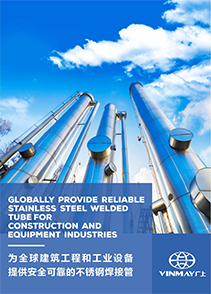Stainless steel sanitary tube is a crucial component in various industries, providing a safe and hygienic solution for the transportation of fluids and gases. With its smooth surface and high corrosion resistance, this type of tubing is specifically designed to meet the stringent requirements of industries such as food and beverage, pharmaceutical, and biotechnology.
But what exactly is a stainless steel sanitary tube, and why is it so essential? In this discussion, we will explore the specifications, dimensional tolerances, and material tests associated with this specialized tubing, as well as its chemical composition and applications.
We will also delve into the differences between pipe, tube, and sanitary tube, and the importance of stainless steel sanitary fittings.
So, let's begin this exploration into the world of stainless steel sanitary tubes and discover their significance in ensuring the integrity and safety of various processes.
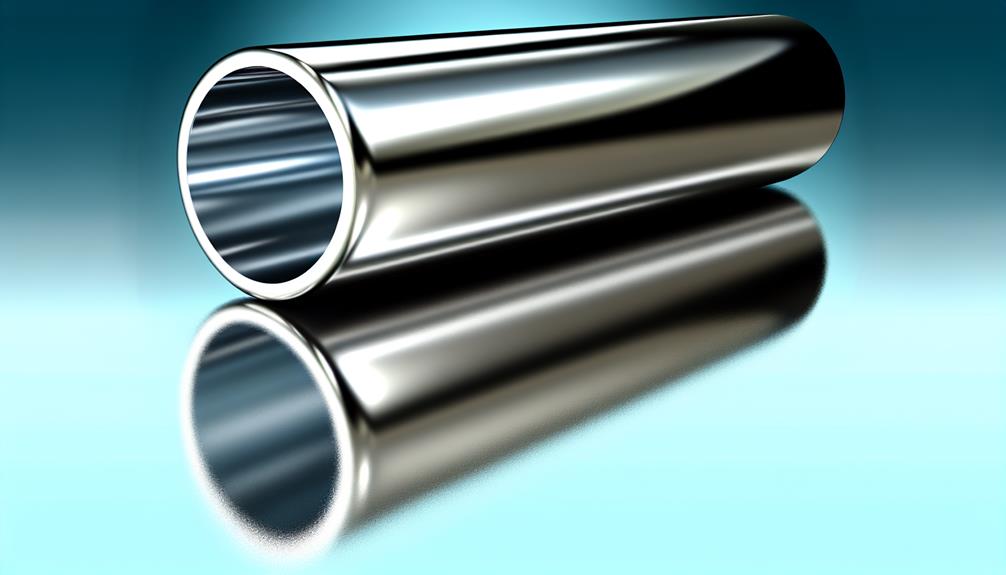
Sanitary stainless steel tube is a highly specialized type of tubing designed for industries where cleanliness and sterility are of utmost importance. This type of tubing is commonly used in industries such as food and beverage, pharmaceutical, biotechnology, and dairy processing.
The primary purpose of sanitary stainless steel tubing is to ensure the safe and hygienic transportation of fluids. It is constructed using materials that have excellent resistance to corrosion, such as 304 or 316L stainless steel. These materials are chosen for their durability and ability to withstand harsh chemicals and high temperatures.
Sanitary tubing is manufactured with strict quality control measures to meet industry standards and regulations. The inner surface of the tubing is polished to a smooth finish, which prevents the accumulation of bacteria and other contaminants. The exterior surface is also carefully finished to facilitate easy cleaning and sanitization.
In addition to stainless steel, other materials like plastic and rubber may be used for specific applications. However, stainless steel is preferred due to its superior strength, durability, and resistance to corrosion.
Stainless steel sanitary tube specifications include:
These parameters are important for ensuring the compatibility and functionality of the tube in sanitary applications. By understanding the specifications, users can select the appropriate stainless steel sanitary tube for their specific needs.
The specifications for stainless steel sanitary tubes include detailed information about their sizes and weights. These specifications are crucial for industries that require precise control over their processes.
Here are five key points regarding the tube sizes and weights:
Understanding the sizes and weights of stainless steel sanitary tubes allows industries to select the appropriate tubes that meet their specific needs and maintain control over their operations.
Continuing our exploration of stainless steel sanitary tube specifications, we now turn our attention to the crucial aspect of wall thicknesses.
The wall thickness of a stainless steel sanitary tube is an important consideration as it directly affects the tube's strength, durability, and resistance to corrosion. Different applications may require different wall thicknesses to ensure optimal performance and longevity.
Stainless steel sanitary tubes are available in a variety of wall thicknesses, ranging from thin to heavy. The selection of the appropriate wall thickness depends on factors such as the intended use, pressure requirements, and the type of fluid or material being transported through the tube.
When choosing a wall thickness, it is essential to consult industry standards and regulations to ensure compliance and safety. Manufacturers typically provide specifications and guidelines for selecting the appropriate wall thickness based on the specific application requirements.
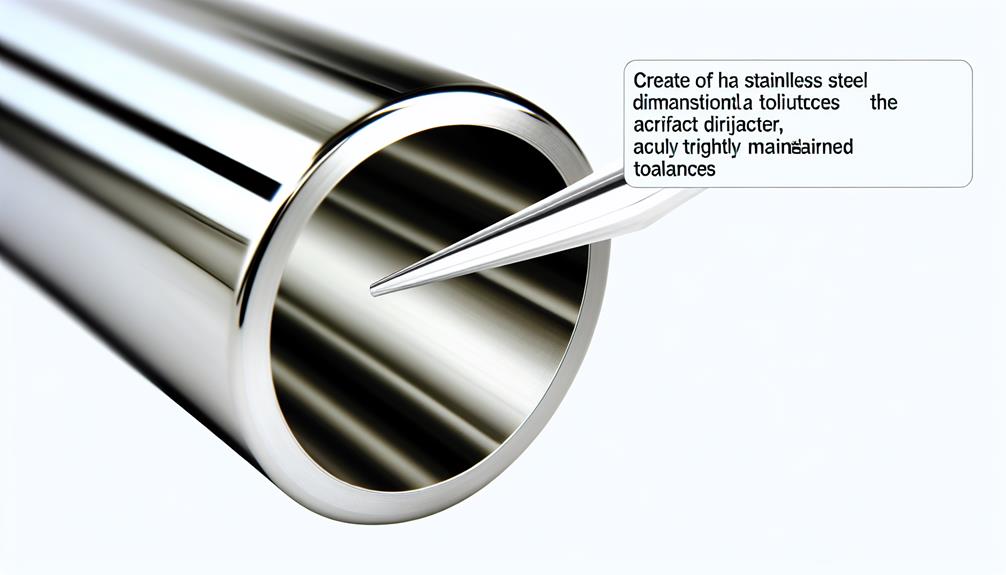
Dimensional tolerances play a crucial role in ensuring the precision and accuracy of stainless steel sanitary tube manufacturing. These tolerances determine the allowable variations in the dimensions of the tubes, ensuring that they meet the required specifications and can perform their intended functions effectively.
Here are five key aspects to consider regarding dimensional tolerances in stainless steel sanitary tubes:
When it comes to stainless steel sanitary tubes, material testing plays a crucial role in ensuring the quality and reliability of the product.
Material Test Reports (MTRs) provide detailed information about the composition, mechanical properties, and chemical analysis of the stainless steel used in the tubes.
These reports help manufacturers and customers verify that the material meets the required specifications and standards, ensuring the overall integrity and performance of the sanitary tubes.
The Material Test Reports (MTR) provide crucial information regarding the quality and compliance of the stainless steel sanitary tube. These reports are essential for ensuring that the material used in the tube meets the required standards and specifications.
Here are five key points to consider about MTRs:
The chemical composition of stainless steel sanitary tubes is characterized by specific weight percentages of various elements. These elements include carbon, manganese, phosphorus, sulfur, silicon, nickel, chromium, molybdenum, iron, copper, and nitrogen.
In terms of carbon content, both 304 and 316L stainless steel tubes have a maximum carbon content of 0.035%. The maximum manganese content for both alloys is 2.00%. The maximum phosphorus and sulfur content for both alloys is 0.040% and 0.030% respectively. The maximum silicon content is 0.75% for both alloys.
Nickel content ranges from 8.0% to 13.0% for 304 stainless steel tubes and from 10.0% to 15.0% for 316L stainless steel tubes. Chromium content ranges from 18.0% to 20.0% for 304 stainless steel tubes and from 16.0% to 18.0% for 316L stainless steel tubes. Molybdenum content is absent in 304 stainless steel tubes, while it ranges from 2.0% to 3.0% in 316L stainless steel tubes.
Both alloys have iron as the balance element and do not contain copper or nitrogen.
The chemical composition of stainless steel sanitary tubes plays a crucial role in determining their corrosion resistance, mechanical properties, and suitability for sanitary applications.
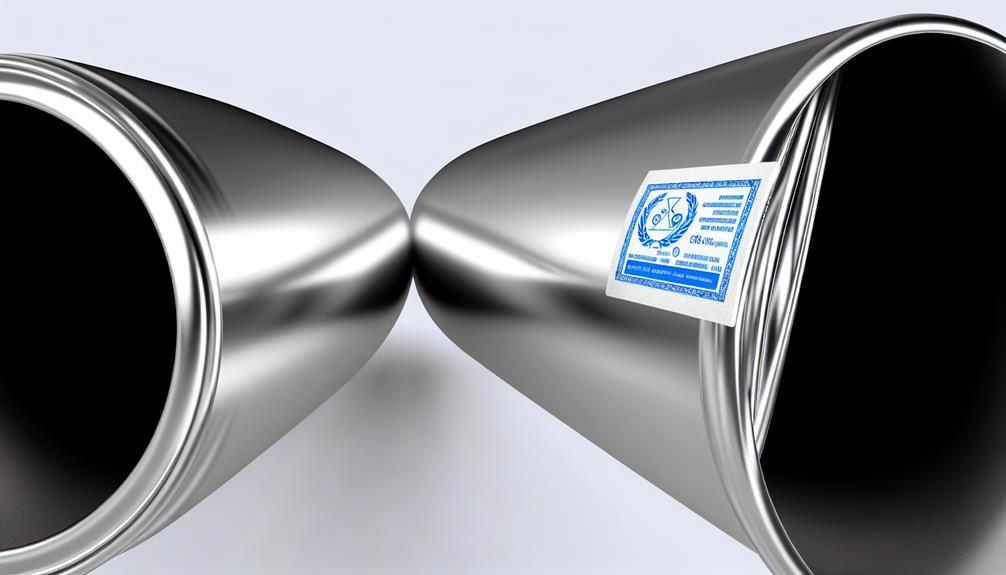
The standard for stainless steel sanitary tubes is determined by the American Society for Testing and Materials (ASTM).
ASTM sets the guidelines and specifications for the manufacturing, testing, and quality control of stainless steel sanitary tubes.
These standards ensure that the tubes meet the required criteria for hygiene, durability, and performance in sanitary applications.
Stainless steel sanitary tubes adhere to the ASTM standards, ensuring the highest level of quality and safety in their design and manufacturing. These standards have been established by the American Society for Testing and Materials (ASTM), a globally recognized organization that develops and publishes technical standards for various industries.
When it comes to stainless steel sanitary tubes, the ASTM standards cover important aspects such as material composition, dimensions, mechanical properties, and testing methods. By adhering to these standards, manufacturers can ensure that their sanitary tubes meet the required criteria for corrosion resistance, durability, and hygiene.
The ASTM standards provide a reliable framework for producing stainless steel sanitary tubes that are suitable for use in a wide range of applications, including food and beverage processing, pharmaceuticals, and biotechnology.
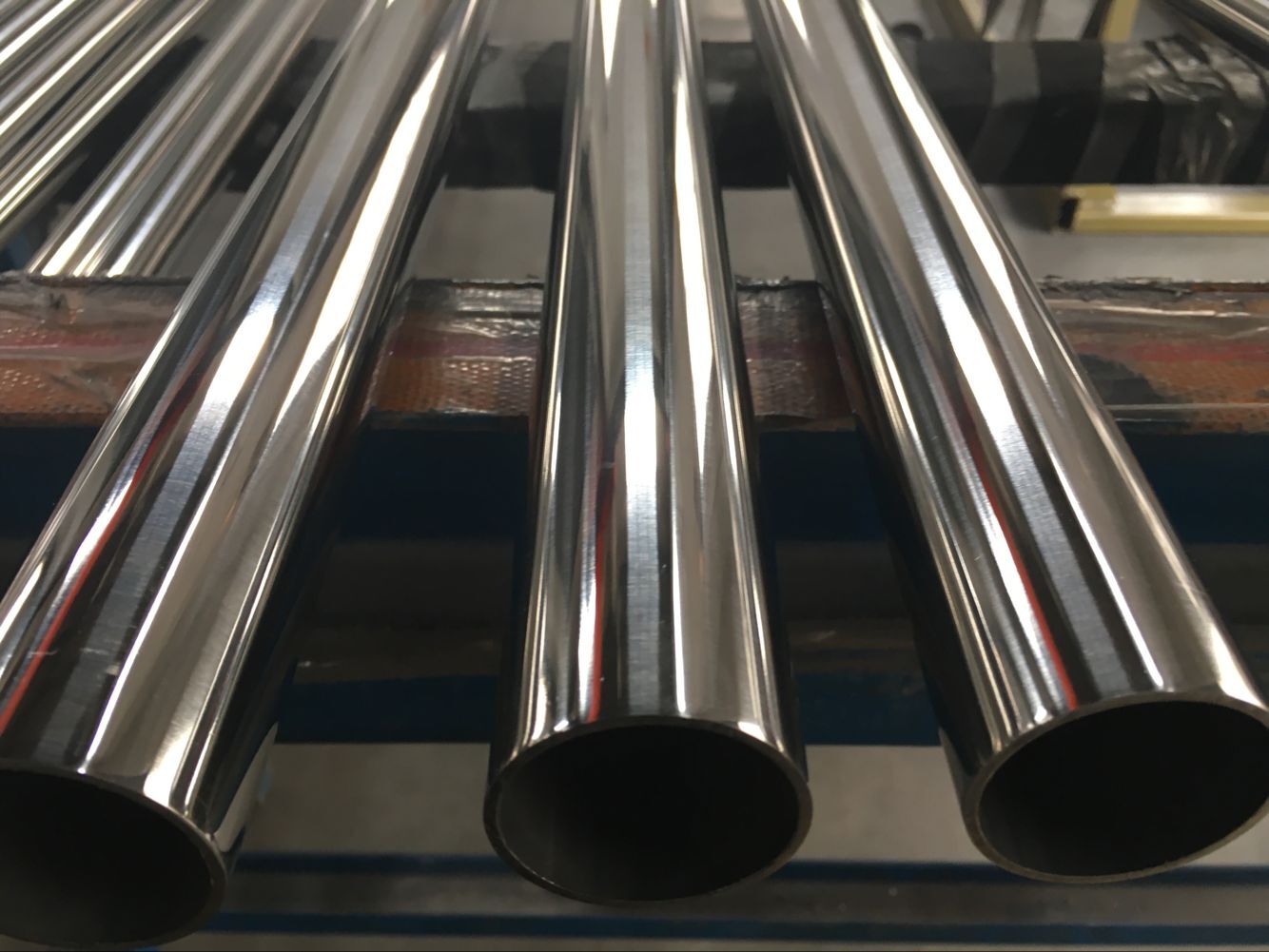
When it comes to sanitary stainless steel polishing, there are several key points to consider.
The surface texture of the steel plays a significant role in its cleanability and corrosion resistance.
The grit level, measured as Roughness Average (RA) or Root Mean Square (RMS), determines the smoothness of the finish.
Understanding these points is crucial in choosing the right polishing method for sanitary stainless steel.
Surface texture plays a significant role in the quality and functionality of sanitary stainless steel tubing. The surface texture of the stainless steel tubing affects its cleanability, corrosion resistance, and overall durability. Here are five important factors to consider when it comes to surface texture:
The quality and functionality of sanitary stainless steel tubing are greatly influenced by the size and texture of the abrasive used in the polishing process, known as grit.
Grit refers to the size of the abrasive particles, which can range from coarse to fine. The choice of grit size depends on the desired finish and application of the tubing.
Coarser grits, such as 80 or 120, are commonly used for initial polishing to remove surface imperfections and weld marks.
Finer grits, such as 180 or 240, are then used for final polishing to achieve a smoother and more aesthetically pleasing surface.
The selection of the appropriate grit size is crucial in achieving the desired level of smoothness and cleanliness for sanitary applications.
Roughness average (RA) is a crucial measurement used in the evaluation of the surface quality of sanitary stainless steel tubing during the polishing process. It provides a quantitative assessment of the smoothness or roughness of the metal surface, which is essential for ensuring optimal hygiene and cleanability.
Here are five key points about RA that you should know:
With regards to the evaluation of the surface quality of sanitary stainless steel tubing during the polishing process, an alternative representation of surface roughness, known as Root Mean Square (RMS), is calculated as the root mean square rather than the average, providing a valuable measurement for ensuring optimal hygiene and cleanability.
RMS takes into account the peaks and valleys of the surface, providing a more comprehensive and accurate assessment of roughness. By measuring the RMS value, manufacturers can determine the effectiveness of the polishing process and ensure that the surface is smooth and free from imperfections.
This is crucial in sanitary applications where cleanliness is of utmost importance to prevent the buildup of bacteria and facilitate easy cleaning. The RMS measurement thus plays a significant role in maintaining the hygienic quality of the stainless steel tubing.
When it comes to choosing a sanitary finish for stainless steel tools and materials, there are several popular options available.
One such option is the 2B Finish, which provides a smooth and defect-free surface. This finish is commonly used in industrial, chemical, and food applications.
Another popular choice is the No. 4 Finish, which features a brushed surface and is suitable for clean rooms or food processing equipment.
For those in need of a finer finish, the No. 4A Finish is an ideal choice. It is commonly used in clean rooms, processing equipment, and the pharmaceutical industry, and meets dairy standards.
Additionally, the Bead Blast finish is achieved by polishing the surface with small glass, ceramic, or dry ice beads, resulting in a finer and more corrosion-resistant surface. This finish is well-suited for industries that require a high level of sanitation.

Industries that require stainless steel tools and materials often consider not only the sanitary finishes but also the stainless steel grades for optimal performance and corrosion resistance. Stainless steel is categorized into different families, each with its characteristics and applications.
Austenitic stainless steel is the most popular and widely used, offering excellent corrosion resistance and becoming non-magnetic when annealed.
Ferritic stainless steel is cost-effective and provides good corrosion resistance, making it suitable for indoor or out-of-sight applications.
Duplex stainless steel combines properties from both austenitic and ferritic stainless steels, making it popular in offshore use.
Martensitic and precipitation-hardening stainless steels are the least common families but are preferred for applications requiring a hardened edge and moderate to good corrosion resistance.
Stainless steel grades describe specific properties of the alloy and are denoted by different grading systems such as SAE, ASTM, BS, ISO, JIS, EN, DIN, and GB. Obtaining information about a given alloy's composition from its grade can be challenging due to the various standards and grading systems.
The alloy composition significantly impacts the performance of stainless steel in various aspects.
Stainless steel is the most commonly used material for sanitary tubing due to its exceptional durability and corrosion resistance.
Here are some common materials used for stainless steel sanitary tubing:
Recommended: Type of Different Stainless Steel Tube Material
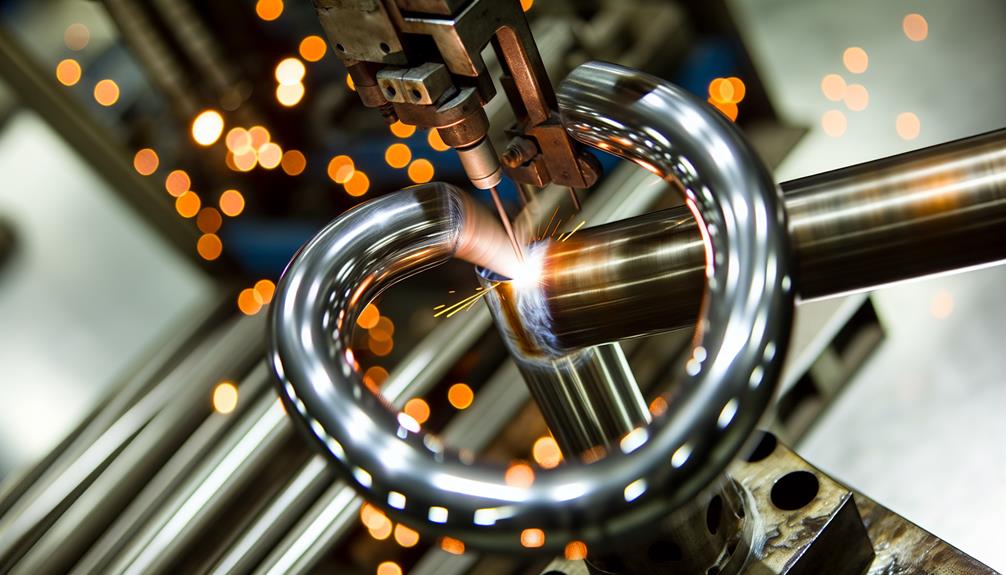
The manufacturing process of stainless steel sanitary tubing involves a series of precise steps to ensure the production of high-quality and hygienic tubes. These tubes are widely used in various industries, such as food and beverage, pharmaceutical, and biotechnology, where cleanliness and corrosion resistance are critical.
The manufacturing process typically begins with the selection of high-quality stainless steel raw materials, which are then formed into seamless or welded tubes using advanced techniques. The tubes are then subjected to various processes, such as heat treatment, cold drawing, and polishing, to enhance their mechanical properties and surface finish.
To emphasize the importance of precision and quality control in the manufacturing process, the following table outlines the key steps involved:
| Manufacturing Step | Description |
|---|---|
| Raw Material Selection | High-quality stainless steel is carefully chosen for optimal properties. |
| Tube Formation | Seamless or welded tubes are formed using advanced techniques. |
| Heat Treatment | Tubes are subjected to controlled heating and cooling processes. |
| Surface Finishing | Tubes undergo polishing and cleaning to achieve a smooth surface. |
Sanitary tubing made from stainless steel is widely utilized across various industries that prioritize cleanliness and sterility. Its applications include:
In all these industries, stainless steel sanitary tubing plays a vital role in maintaining cleanliness, sterility, and product integrity. Its corrosion resistance, durability, and ease of cleaning make it the preferred choice for applications that demand control over hygiene and safety.
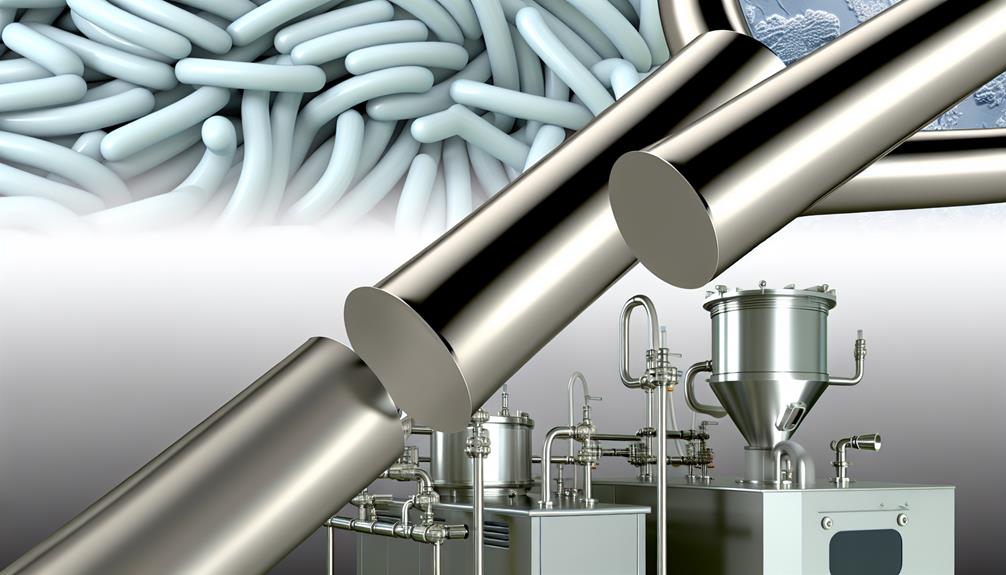
When considering applications that require a high degree of purity, resistance to corrosion, and critical hygiene conditions, the use of sanitary tubing becomes indispensable. Sanitary tubing is particularly suited for manufacturing processes where maintaining a sterile environment is paramount.
There are several scenarios where the use of sanitary tubing is recommended. Firstly, in applications with high-purity requirements, where the manufacturing process demands adherence to industry standards and regulatory requirements.
Secondly, sanitary tubing is essential in corrosive environments, where corrosion resistance is crucial. This includes handling corrosive chemicals or operating in aggressive environments.
Lastly, sanitary tubing is highly recommended in processes that involve sensitive products, such as pharmaceuticals or biotechnological substances. In these cases, the risk of contamination must be minimized, and the use of sanitary tubing helps to achieve this objective.
Pipe, tube, and sanitary tube are distinct terms used to describe different types of hollow sections used in various industries. Here are the key differences between them:
Pipe:
Tube:
Sanitary Tube:
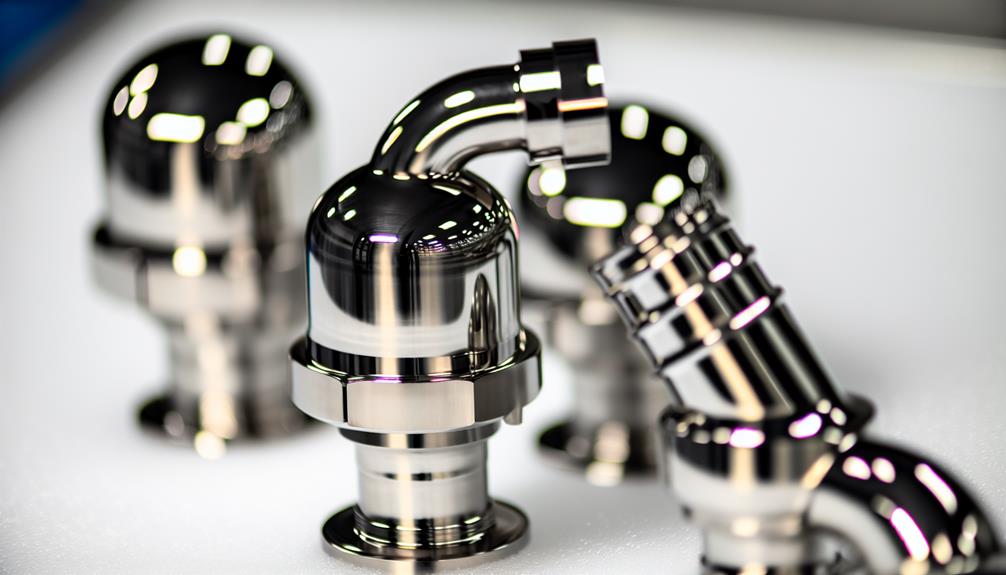
Stainless steel sanitary fittings are essential components in sanitary systems for various industries. They ensure a hygienic and secure connection between different parts of the system.
There are several types of stainless steel sanitary fittings available, including Tri-Clamp fittings, DIN style fittings, Butt-Weld fittings, and Bio-Pharm (BPE) fittings, each designed to meet specific requirements and standards.
What makes tri-clamp fittings an essential component in industries that require strict hygiene standards, such as food, beverage, and pharmaceutical?
Tri-clamp fittings are widely used in industries that prioritize cleanliness and hygiene. Their ease of installation and disassembly makes them a convenient choice for systems that require regular cleaning and maintenance. These fittings ensure a smooth, clean, and leak-free connection between different parts of the system, preventing contamination and ensuring product quality.
Made from materials that are resistant to corrosion, tri-clamp fittings can withstand the harsh conditions of food, beverage, and pharmaceutical industries. They also can withstand high temperatures and pressures, making them suitable for a wide range of applications.
Choosing and installing the right tri-clamp fittings is crucial to maintain the integrity and safety of the system.
DIN Style Fittings, also known as Stainless Steel Sanitary Fittings, are essential components in industries that require strict hygiene standards, such as food, beverage, and pharmaceutical.
These fittings are designed to meet the stringent requirements of sanitary applications, ensuring cleanliness, durability, and reliability.
DIN-style fittings are characterized by their standardized dimensions and connections, allowing for easy interchangeability and compatibility with other components. They are commonly used in conjunction with DIN 11851 fittings, which provide a secure and leak-free connection.
These fittings are made from high-quality stainless steel, known for its corrosion resistance and hygienic properties. They are available in various configurations, including elbows, tees, reducers, and clamps, to accommodate different system requirements.
With their precision engineering and compliance with industry standards, DIN-style fittings play a crucial role in maintaining sanitary conditions and ensuring product quality in sensitive industries.
Butt-weld fittings, also known as stainless steel sanitary fittings, are integral components in industries that prioritize strict hygiene standards, such as food, beverage, and pharmaceutical. These fittings offer a reliable and hygienic solution for connecting and transitioning stainless steel sanitary tubing.
Here are five key features of butt-weld fittings:
With their ability to maintain cleanliness and meet stringent industry standards, butt-weld fittings are an essential choice for industries where hygiene and product integrity are paramount.
Bio-Pharm (BPE) fittings, also known as stainless steel sanitary fittings, are crucial components in the pharmaceutical industry, ensuring the highest level of hygiene and product integrity. These fittings are specifically designed to meet the stringent requirements of the biopharmaceutical industry, where cleanliness and purity are of utmost importance.
Bio-Pharm fittings are manufactured with materials that are resistant to corrosion, enabling them to withstand harsh cleaning and sterilization processes. They are precision-engineered to provide a secure and leak-proof connection, preventing any contamination or product loss.
These fittings are available in various sizes and configurations to accommodate different applications, such as connecting pipes, valves, and equipment. With their hygienic design and strict adherence to industry standards, Bio-Pharm fittings play a critical role in ensuring the safety and quality of pharmaceutical products.
Yes, stainless steel sanitary tubing is commonly used in the food industry due to its corrosion resistance, high strength, and easy cleaning properties. It ensures the hygienic transport of food and beverages, meeting the stringent quality and safety standards required in the industry.
The surface finish of stainless steel sanitary tubing is determined through a meticulous process that involves assessing the texture, smoothness, and appearance of the tube's outer surface. This evaluation ensures the highest level of hygiene and cleanliness for applications in the food industry.
The advantages of using stainless steel sanitary fittings include their corrosion resistance, durability, and ease of cleaning. They are also known for their hygienic properties, making them ideal for use in industries such as food and beverage, pharmaceutical, and biotechnology.
Yes, stainless steel sanitary tubing is suitable for high-pressure applications. It is known for its strength and durability, making it ideal for use in industries such as pharmaceuticals, food processing, and biotechnology where cleanliness and hygiene are crucial.
Various industries have specific regulations and standards governing the use of stainless steel sanitary tubing. Compliance with these guidelines ensures the safety and hygiene of processes. These regulations help maintain quality control and prevent contamination.
Read More:
In conclusion, stainless steel sanitary tubing stands as a cornerstone in industries reliant on hygienic and corrosion-resistant piping systems. Its precise dimensions, stringent tolerances, and robust material properties render it indispensable in sectors like food processing, beverages, pharmaceuticals, and biotechnology.
To uphold the highest standards of product safety and integrity, professionals need to discern the disparities between pipe, tube, and sanitary tube while leveraging stainless steel sanitary fittings. For superior solutions and unmatched expertise in stainless steel sanitary tubing, partner with Vinmay today to elevate your industry standards.
